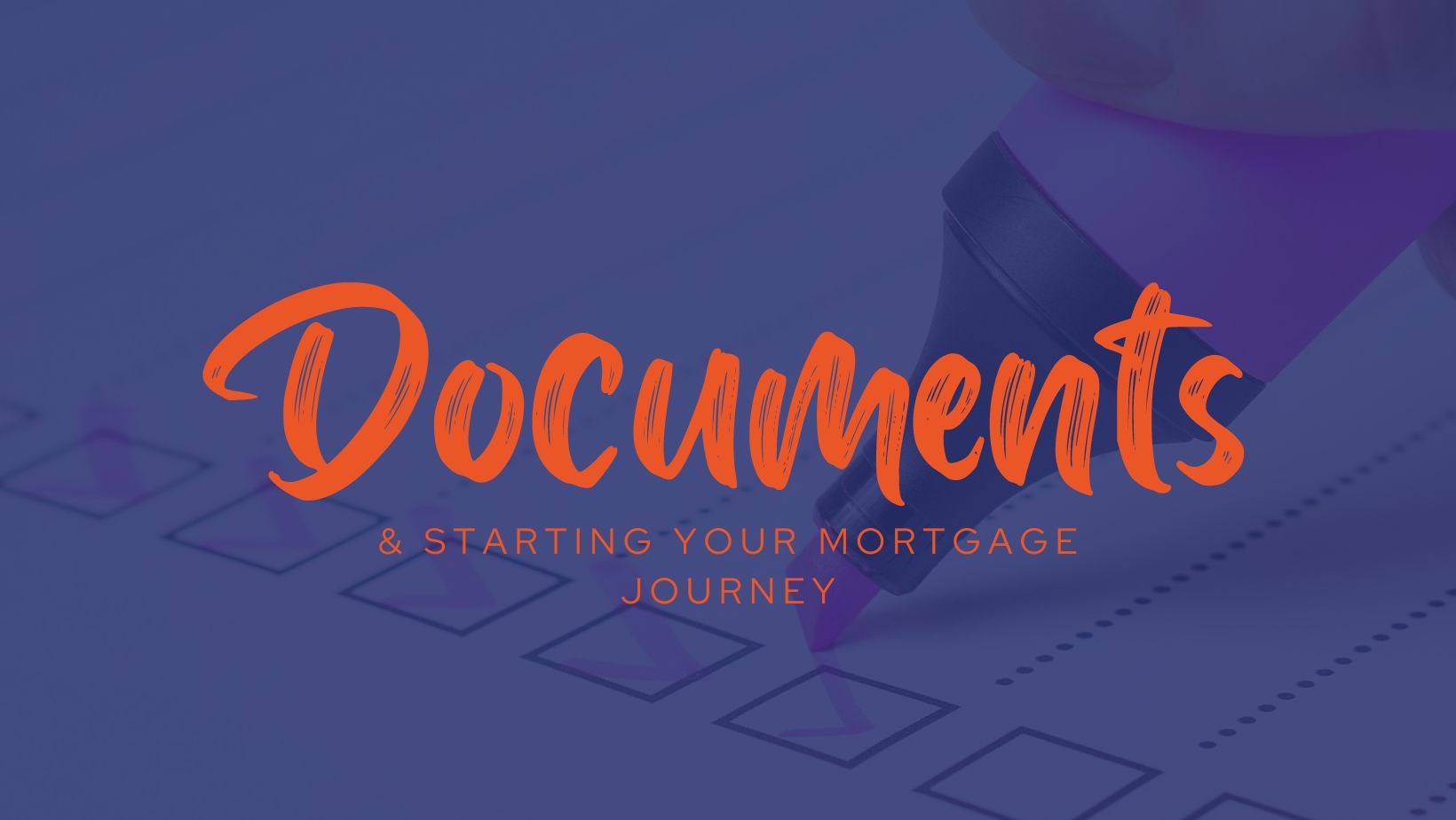Introduction
If you’ve purchased a home using a Help to Buy Equity Loan, you’ll need to start thinking about repaying it eventually. Whether you’re approaching the end of the interest-free period or considering early repayment, understanding the steps involved can help you make informed financial decisions. In this guide, we’ll walk you through the entire process, making it easier to repay your Help to Buy loan with confidence.
Step 1: Understanding Your Help to Buy Equity Loan
The Help to Buy Equity Loan scheme was introduced to help first-time buyers get on the property ladder by offering a loan of up to 20% (or 40% in London) of the property’s value. While the loan is interest-free for the first five years, interest payments start from year six at a rate of 1.75%, which then increases yearly with inflation.
Step 2: Deciding When to Repay
You can repay your Help to Buy loan in two main ways:
- At the end of the mortgage term (or when you sell the property)
- Through voluntary repayment (also known as “staircasing”)
Staircasing allows you to repay the loan in 10% increments based on your property’s market value at the time. If you have funds available, early repayment can reduce your monthly costs and prevent interest from accumulating.
Step 3: Arrange a Property Valuation
The repayment amount is based on your property’s current market value. To start, you’ll need a valuation from a RICS (Royal Institution of Chartered Surveyors) certified surveyor. The valuation report should be dated within three months of your planned repayment and will ensure you’re paying the correct percentage based on the current market.
Step 4: Contact Your Loan Administrator
Reach out to your Help to Buy loan administrator (usually a company like Target HCA) with your valuation report and notify them of your intention to repay. They’ll guide you on the next steps, provide the necessary forms, and calculate the exact repayment amount based on your property’s current value.
Step 5: Secure Funds for Repayment
Once you have the repayment amount, you’ll need to secure the funds. You might consider the following options:
- Savings: If you’ve been planning to repay early, savings are the simplest option.
- Remortgaging: Many people opt to remortgage to cover the repayment amount. Remortgaging can consolidate the equity loan into your mortgage, often at a lower interest rate.
- Additional Loan: Some lenders offer additional loan products that could cover the repayment if you don’t want to remortgage.
Step 6: Make the Payment
Once your funds are ready, your loan administrator will provide payment instructions. After they receive the payment, your equity loan balance will be cleared or adjusted, depending on whether you’re repaying in full or partially staircasing.
Step 7: Update Your Land Registry Records
Once your equity loan is repaid, your loan administrator will inform the Land Registry to remove the loan charge from your property. This step is essential, as it ensures you fully own your home without any additional charges.
Additional Tips for Repaying Your Help to Buy Equity Loan
- Consider Property Market Trends: Repaying when property values are low can save you money, as your repayment is based on the market value at the time.
- Seek Mortgage Advice: Consult a mortgage advisor to find out if remortgaging is a cost-effective solution.
- Plan for Early Repayment: If your financial situation allows, consider repaying before interest begins in year six to avoid additional costs.
Final Thoughts
Repaying your Help to Buy Equity Loan doesn’t have to be daunting. With proper planning, clear steps, and a bit of guidance, you can navigate the process confidently. If you’re unsure about your options, speaking with a mortgage advisor can help clarify the best repayment strategy for your circumstances.
Ready to repay your Help to Buy Equity Loan? Contact our team today for expert advice on refinancing, staircasing, or finding the best mortgage options for you!







